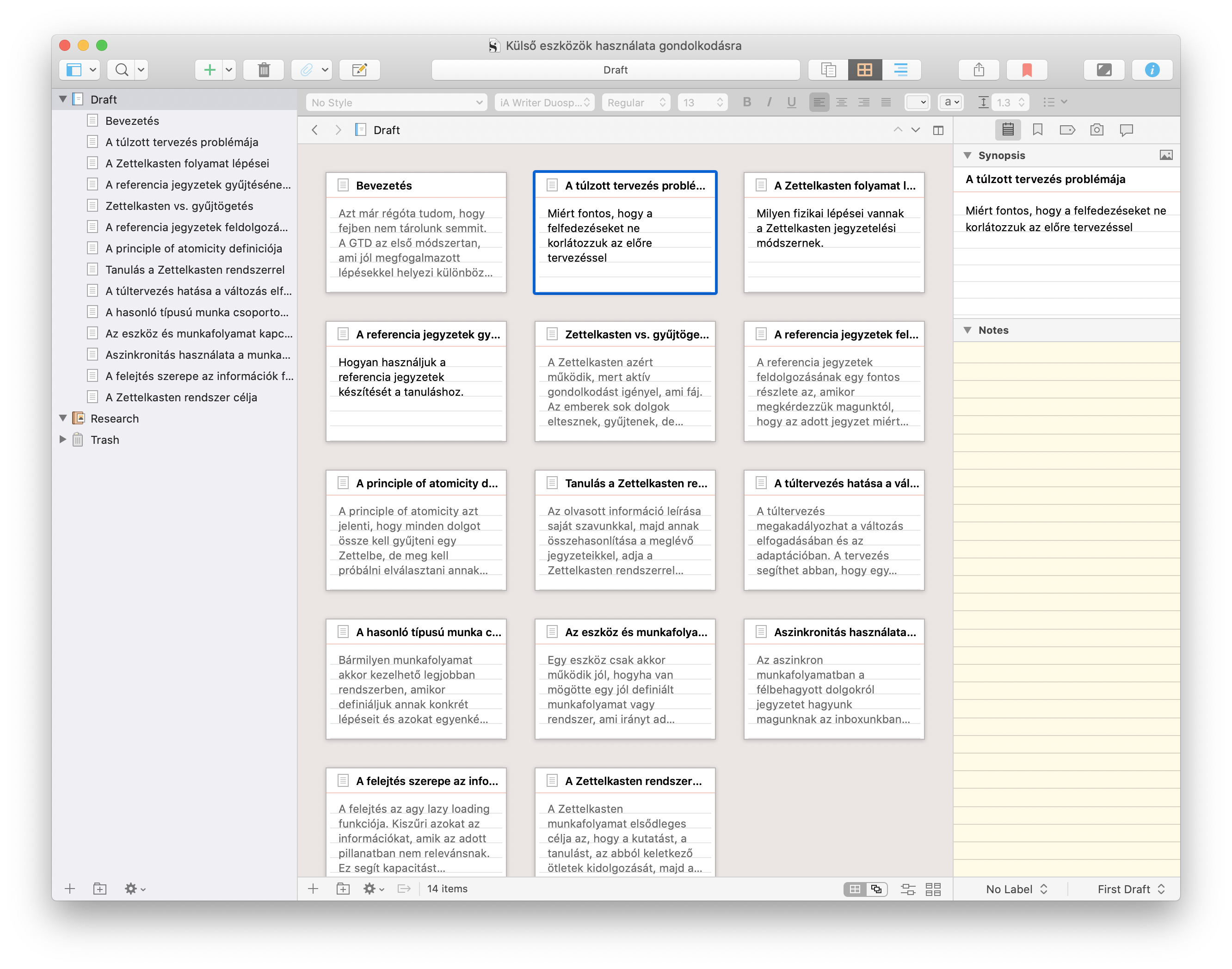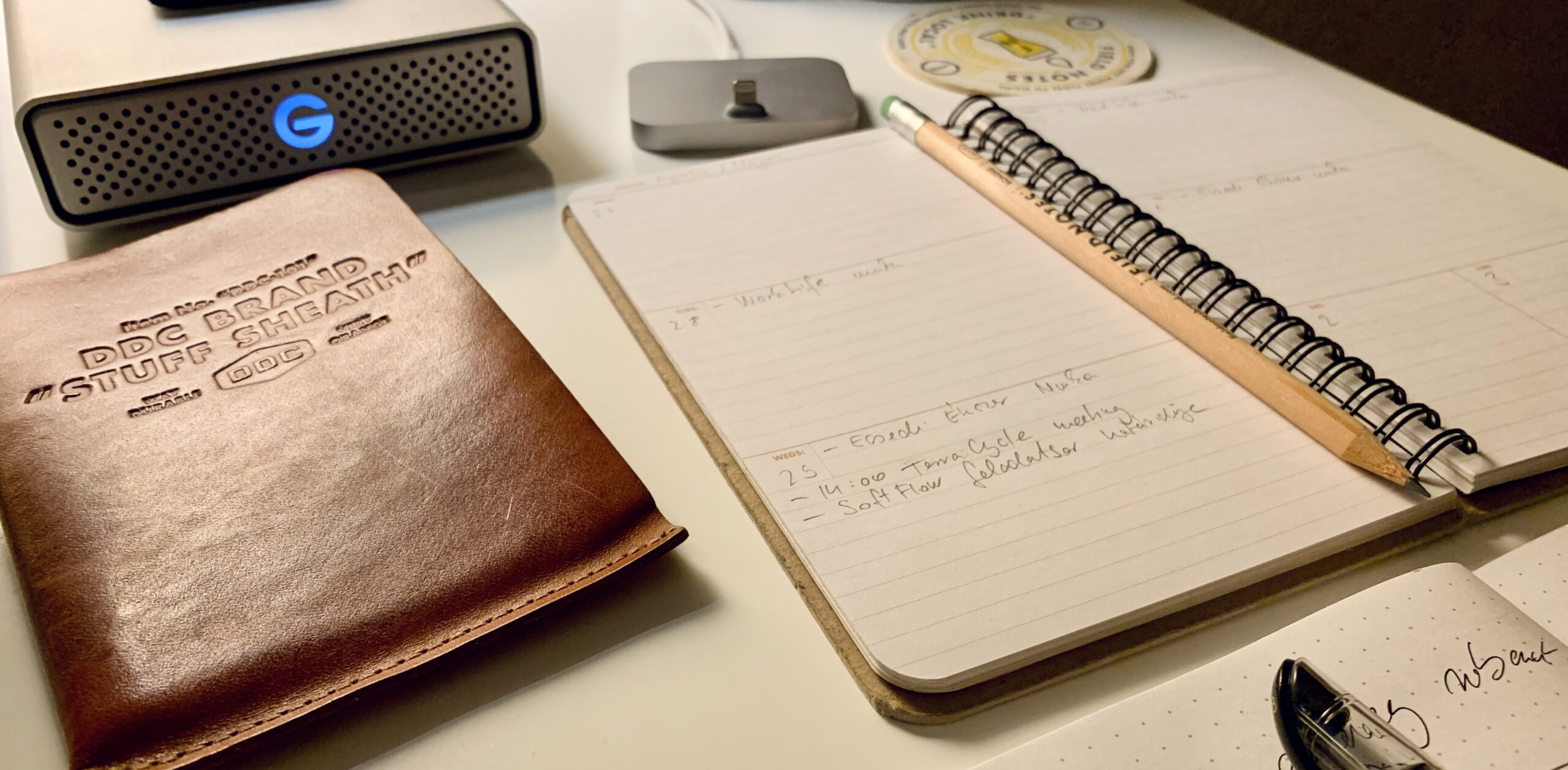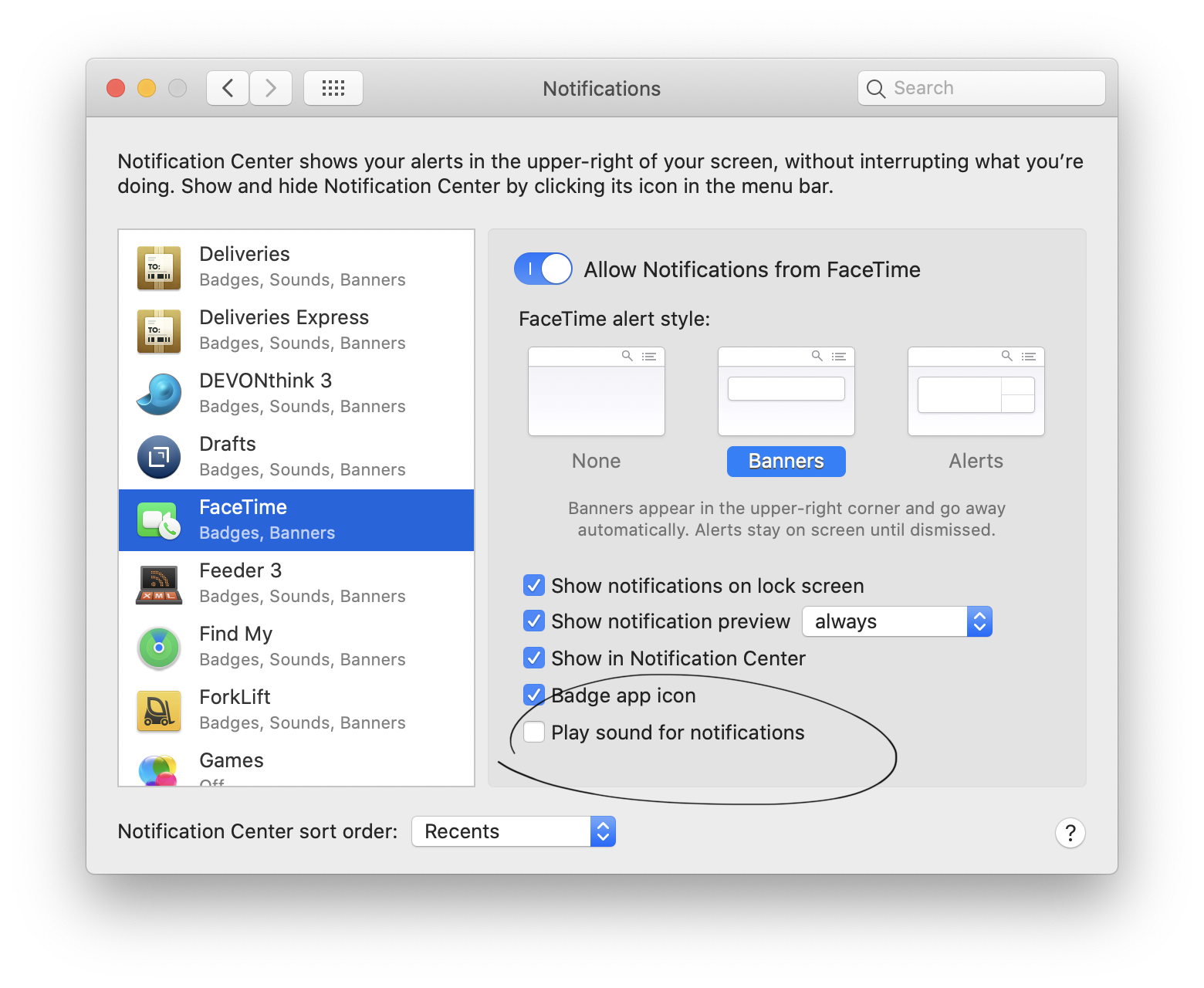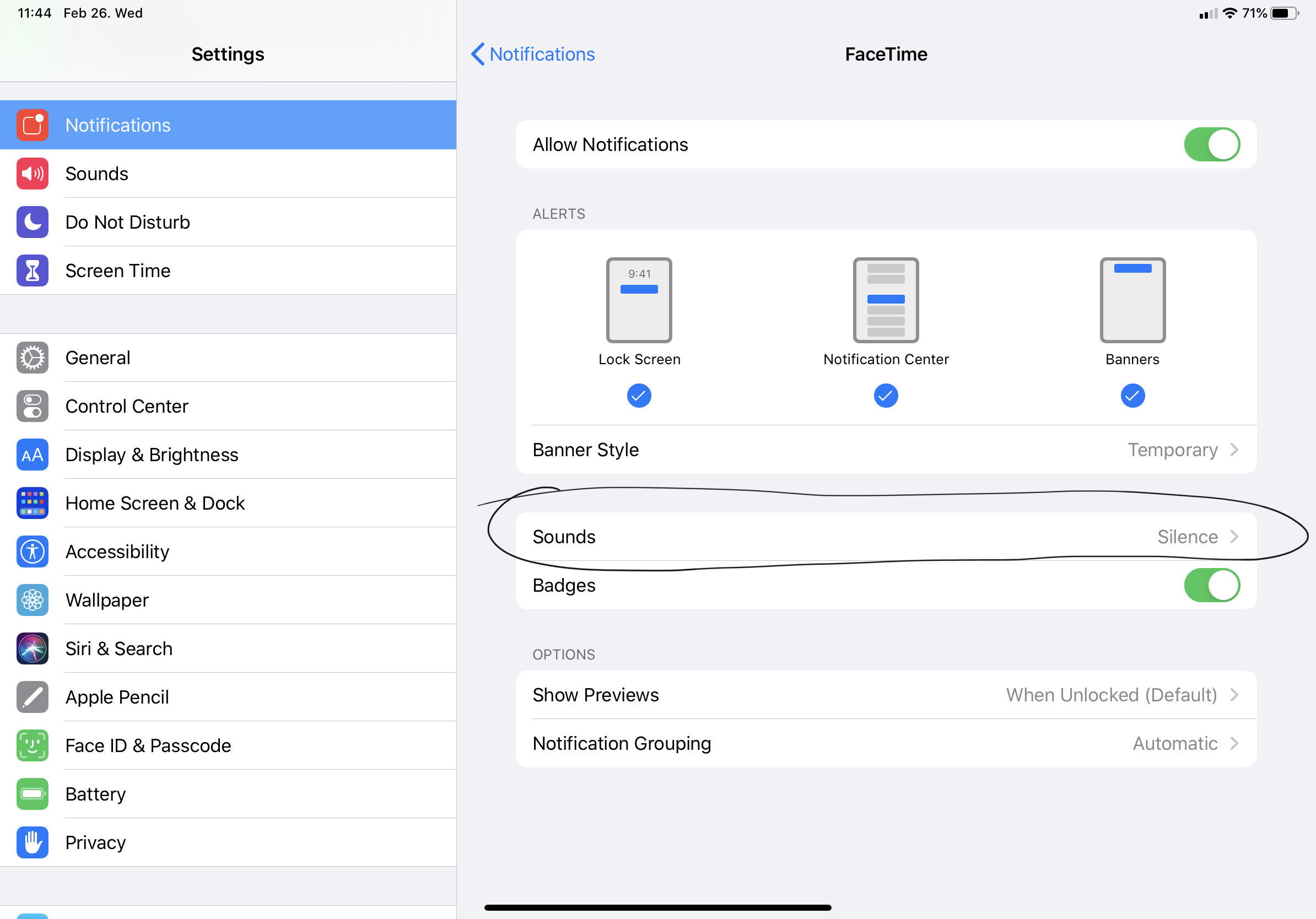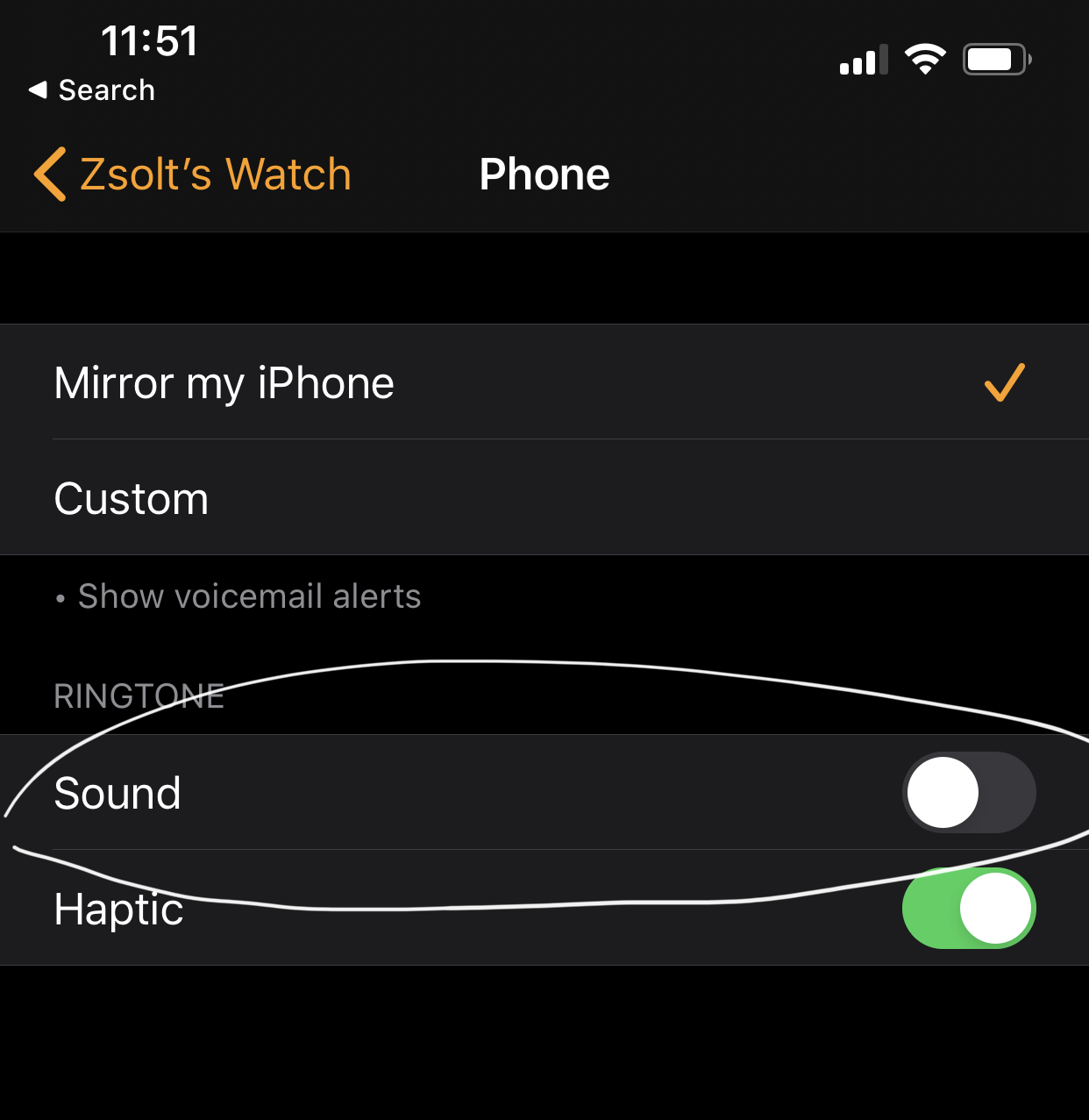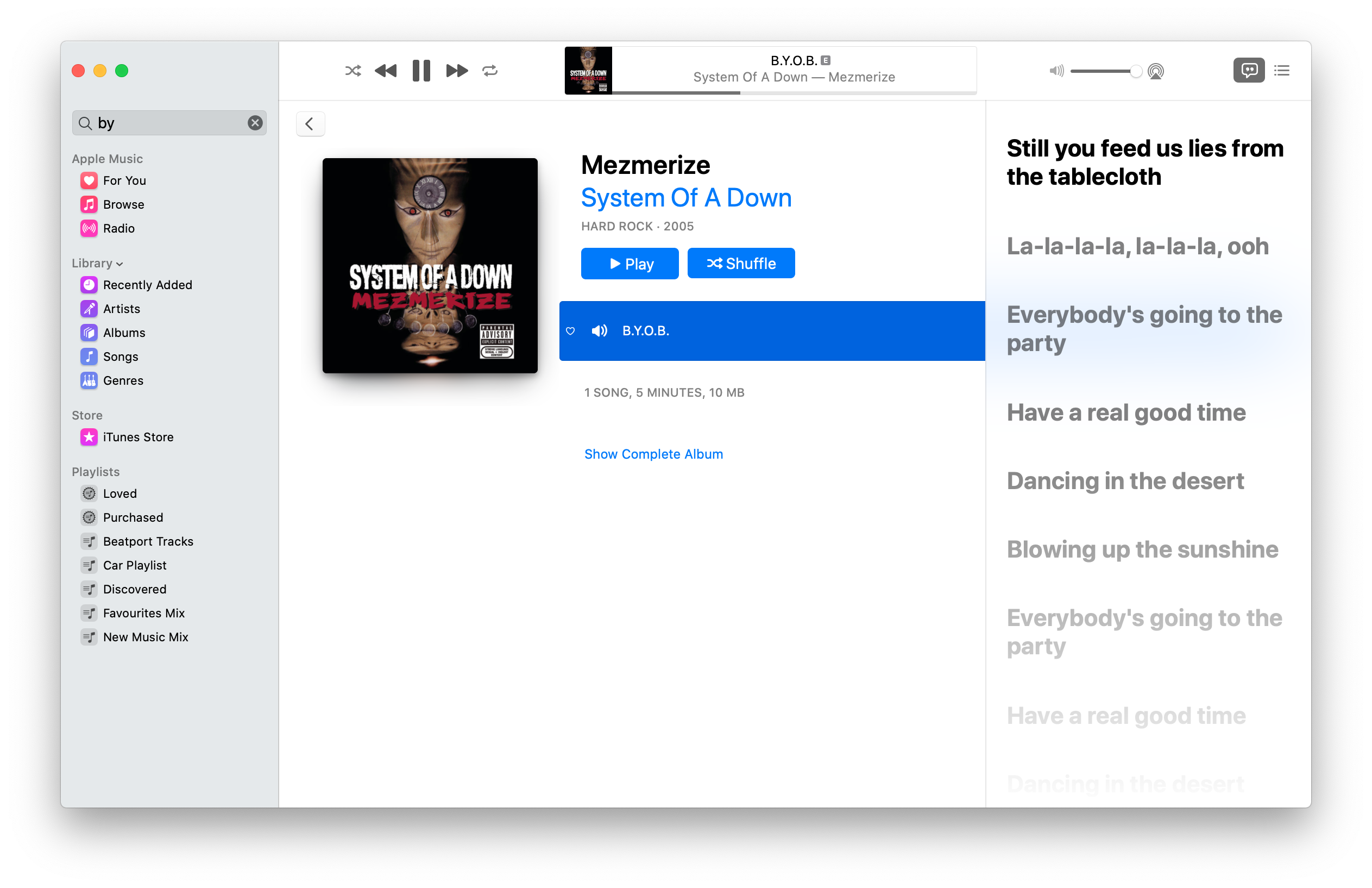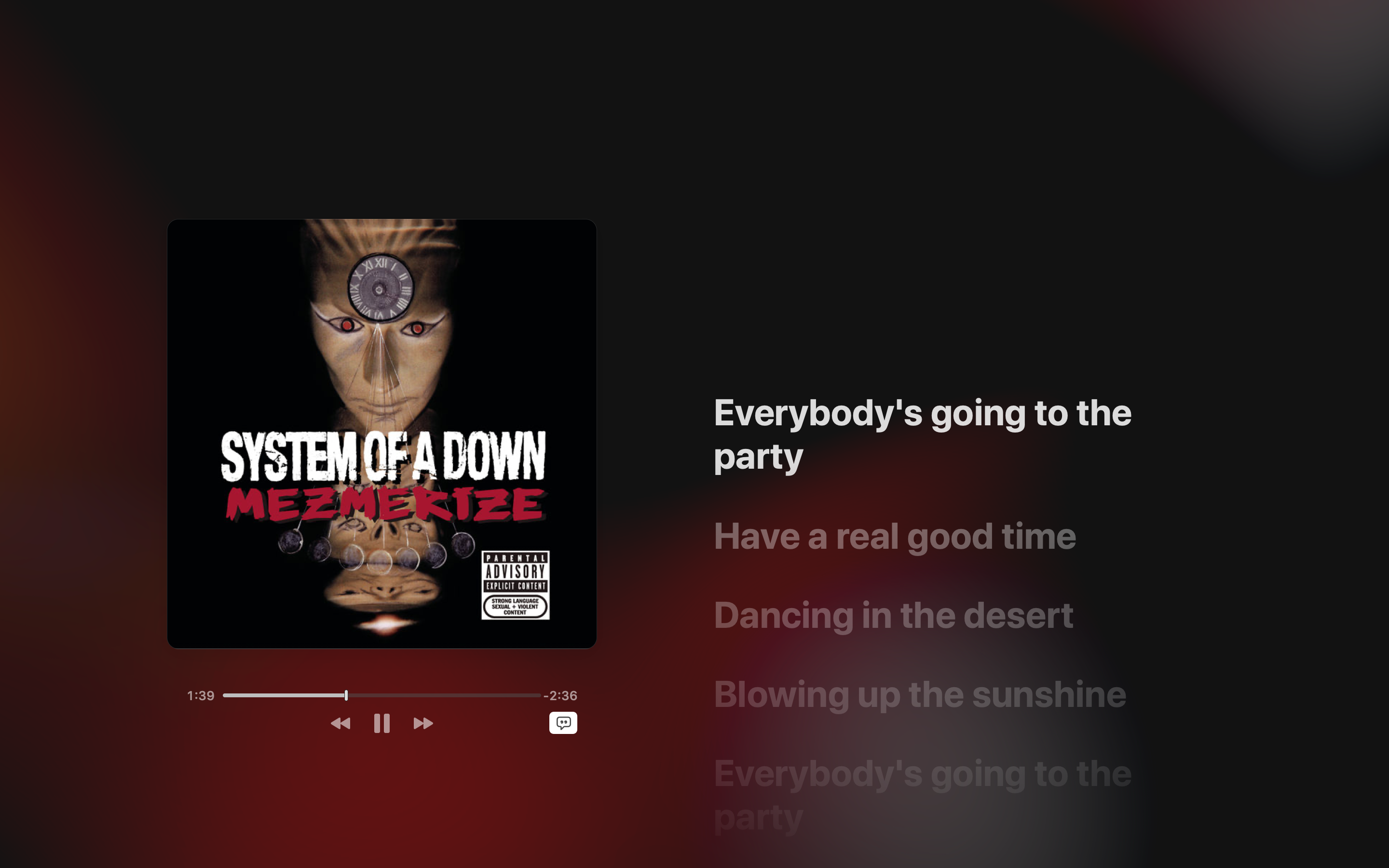I’m switching back to write this blog in Hungarian. My writing skills in my native language are faded, so I’m going to use this blog to practice.
Pár éve azért kezdtem el ezt a blogot írni, hogy legyen egy felület arra, ahol gyakorolni tudom az angol nyelvet. Ez hosszútávon nézve hasznos ötlet volt, viszont az utóbbi időben a magyar fogalmazási képességem megkopott. Azt vettem észre, hogy egyre többször írok komplikáltan és magyartalanul. Ez nem amiatt van, mert itt angolul írok, egyszerűen ritkán fogalmazok meg hosszabb szövegeket magyarul. Ráadásul 90%-ban angol nyelven olvasok. A fogalmazási nehézségeket sokkal jobban észreveszem, mióta elkezdtem használni a Zettelkasten módszertant tanulásra, ami majdnem napi szinten megkívánja a viszonylag hosszabb írást.
Ez ráadásul szakmailag is probléma lehet a későbbiekben. Az általam fejlesztett alkalmazások 100%-ka jelenleg magyar piacra készül. A UI-ban látható szövegeknél kifejezetten fontos, hogy azok egyszerűen legyenek megfogalmazva. Szeretném úgy kifejezni magamat, hogy azt mások is könnyen megértsék. Ehhez pedig az kell, hogy újra elkezdjem gyakorolni a magyar nyelven történő írást, lehetőleg olyan szövegekkel, amiket mások is olvasni fognak. Erre pedig egy blog vezetése köztudottan jó módszer.
A másik ok ami miatt visszaállok a magyar nyelven történő blogolásra az a lustaság. Talán nem meglepő, hogy egy angol poszt írása sokszor kétszer háromszor megterhelőbb, mint egy magyaré. Az utóbbi 1 évben emiatt is rövidültek meg a bejegyzéseim. Egyszerűen túl sok energiát vesz el tőlem egy-egy angol poszt megírása. Írnom pedig van miről. Azt nem akarom, hogy ezek az információk bennem maradjanak, csupán azért mert egy-egy bejegyzés megírására túl sok energiát kell fordítani.
A blogolás számomra elsősorban az utolsó lépése a tanulási folyamatnak. A Zettelkasten mellet ez a másik lehetőség, ami segít abban, hogy jobban megértsem az ismeretlen dolgokat. Amikor a saját szavainkkal írunk valamiről, akkor rá vagyunk kényszerítve arra, hogy tényleg megértsük a témát. Majd próbáld ki: olvass el egy cikket, majd a számodra érdekes részeket próbáld meg friss fejjel leírni a saját szavaiddal. Rohadt nehéz! Viszont jól látható, hogy az olvasás és az újraolvasás önmagában nem azt jelenti, hogy amit olvastunk azt meg is értettük. Szükségünk van az írásra is.
Felmerülhet a kérdés, hogy mi lesz így a fogalmazási képességemmel angolul? Mivel jelenleg nem használom aktívan se szóban, se írásban, így úgy tűnik ez egy probléma, amire még találnom kell egy rutinszerű megoldást. A direkt gyakorlásnak nem látom értelmét, egyszerűen erőltetettnek érzem. Sokkal jobban szeretem természetes módon megtanulni a skilleket.
A tervem az az elkövetkező időszakra, hogy egyre jobban elmélyülök a Zettelkasten módszertan használatában. Ahogy olvasok és jegyzetelek, úgy törnek majd felszínre a különböző témák, amikből összefüggő gondolatsorok fognak kialakulni. Ezeket végül szerkesztve szeretném megosztani itt egy-egy bejegyzés formájában. A Zettelkasten jellege miatt a vázlatok írása már akkor elkezdődött, amikor elkezdtem jegyzetelni. Ehhez a munkafolyamathoz pedig nagyon jól illik a Decoding név is.
